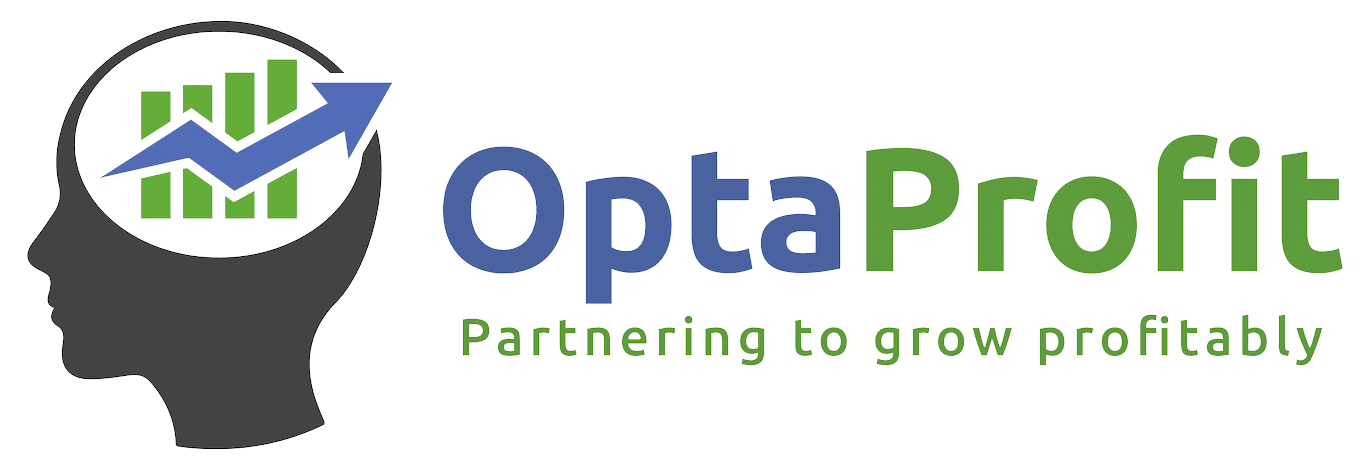Build the Business of Your Dreams!
More Free Cash Flow, More Free Time
Build the Business
of Your Dreams!
More Free Cash Flow, More Free Time
When you launched your company, you dreamed of the freedom it would provide. Plenty of cash to achieve your financial goals, a talented team to help run the business and time to enjoy the good things in life.
But building the business has been much harder than you expected!
Many days, there are more questions than answers, and it can be tough to know where to turn for help or what steps to take next to evolve your business.
That’s where we come in. We are senior business executives who coach entrepreneurial business owners and their teams. We are experts in helping you build the business of your dreams!
Where Is Your Business On the 5 Steps to Freedom?

And what should you do right now to move your business toward the Freedom step?
Complete this 10-minute scorecard to find out!

And what should you do right now to move your business toward the Freedom step?
Complete Your 10-minute Scorecard To Find Out!
Where Do You Feel Stuck?

Need leads, sales, and revenue growth?
You can get your phone ringing and your inbox full of top-shelf, ready-to-buy prospects and build a sales team that systematically converts them into customers. It’s time to grow revenue and leave your competitors behind.

Need a team of winners, not strugglers?
Need a team of winners,
not strugglers?
You can join the ranks of elite recruiters and hiring managers and win the perpetual war for talent. It’s time to get the A-player team members you deserve and let the rest work for your competitors.

Need to get control of your cashflow?
Need to get control
of your cashflow?
You can become a savvy finance manager, control costs, conserve cash, and grow profits. It’s time to get control of the money flowing through your business and grow a fat savings account.

Need to get your business ready to sell?
Need to get your business
ready to sell?
You can build a team that'll run your business like they own it and reduce your daily workload. It’s time to build a business that doesn’t revolve around you so you can sell it for a big multiple when you’re ready.
It’s Time…
Let’s Build the Business of Your Dreams!

Book Your Free Consultation
This FREE, 30-minute consultation is all about value. No pie-in-the-sky. No generic ideas. No hard sell. Just straight-forward analysis and a plan to build the business of your dreams.

Book Your Free Consultation
This FREE, 30-minute consultation is all about value. No pie-in-the-sky. No generic ideas. No hard sell. Just straight-forward analysis and a plan to build the business of your dreams.
What We’ll Do Together:
Review your marketing and sales chops…
Evaluate your team-building skills…
Discuss your gross and net profitability…
Explore your business transfer readiness…
What We'll Do Together:
Review your marketing and sales chops…
Evaluate your team-building skills…
Discuss your gross and net profitability…
Explore your business transfer readiness…
Are You Making These Six Critical Mistakes In Your Business?
FREE eBook reveals the top 6 mistakes business owners make...and the "Silver Bullets" you need to blast through each one and dramatically increase your cash flow, team productivity, and free time!

Are You Making These Six Critical Mistakes In Your Business?

FREE eBook reveals the top 6 mistakes business owners make...and the "Silver Bullets" you need to blast through each one to dramatically increase your free cash flow, team productivity, and free time!

About Don Vanpool
Don Vanpool is a seasoned executive and coach with over three decades of experience in corporate leadership and strategic consulting within the Fortune 500 landscape.
He has launched and led three successful businesses, held a prestigious executive role at General Electric (GE), engaged in private equity ventures, and proudly served as a military officer in the esteemed 82nd Airborne Division.
Currently, at the helm of OptaProfit as its CEO, Don steers this business coaching firm toward a singular mission: driving profitable growth, building teams, cultivating executive talent, and optimizing strategic operations. His adept coaching and mentorship have empowered countless business leaders, fostering their professional development while achieving tangible business improvements.
Don's impact on the business world extends across diverse industries, from spearheading transformative initiatives in manufacturing businesses of various sizes to navigating the complex terrain of banking and pioneering innovative solutions in digital education.
He earned his MBA from the prestigious University of Chicago and earned the esteemed Six Sigma Master Black Belt certification.

About Don Vanpool
Don Vanpool is a seasoned executive and coach with over three decades of experience in corporate leadership and strategic consulting within the Fortune 500 landscape.
He has launched and led three successful businesses, held a prestigious executive role at General Electric (GE), engaged in private equity ventures, and proudly served as a military officer in the esteemed 82nd Airborne Division.
Currently, at the helm of OptaProfit as its CEO, Don steers this business coaching firm toward a singular mission: driving profitable growth, building teams, cultivating executive talent, and optimizing strategic operations. His adept coaching and mentorship have empowered countless business leaders, fostering their professional development while achieving tangible business improvements.
Don's impact on the business world extends across diverse industries, from spearheading transformative initiatives in manufacturing businesses of various sizes to navigating the complex terrain of banking and pioneering innovative solutions in digital education.
He earned his MBA from the prestigious University of Chicago and earned the esteemed Six Sigma Master Black Belt certification.

Privacy Policy | Terms and Conditions


